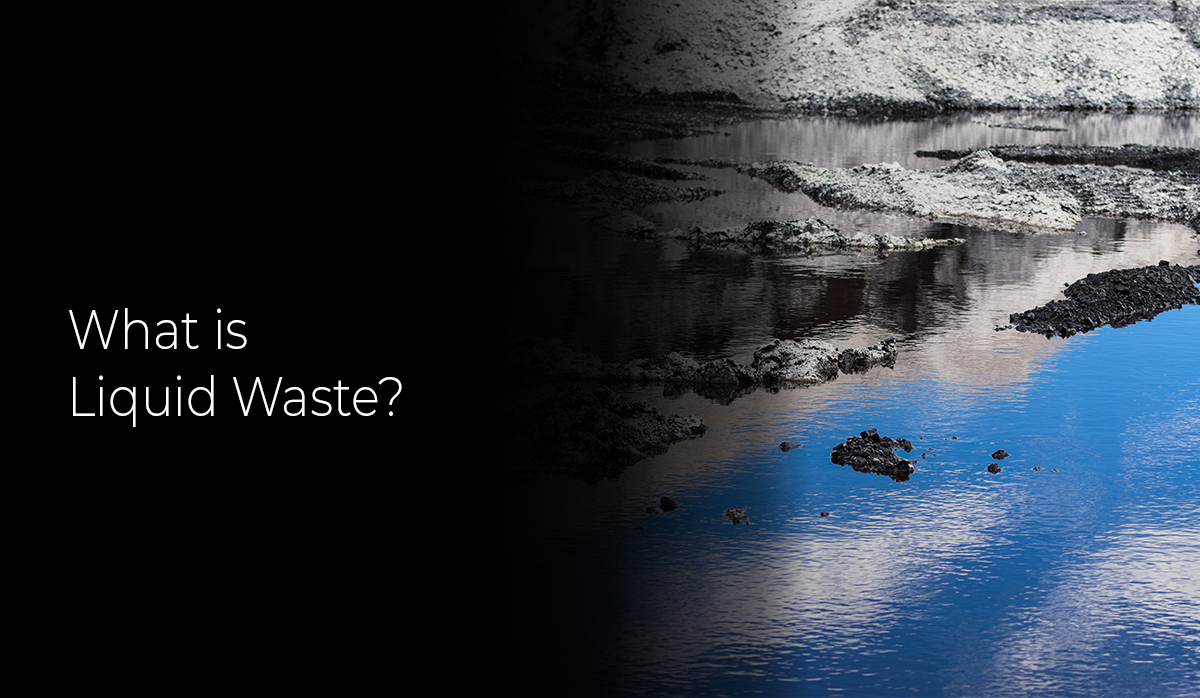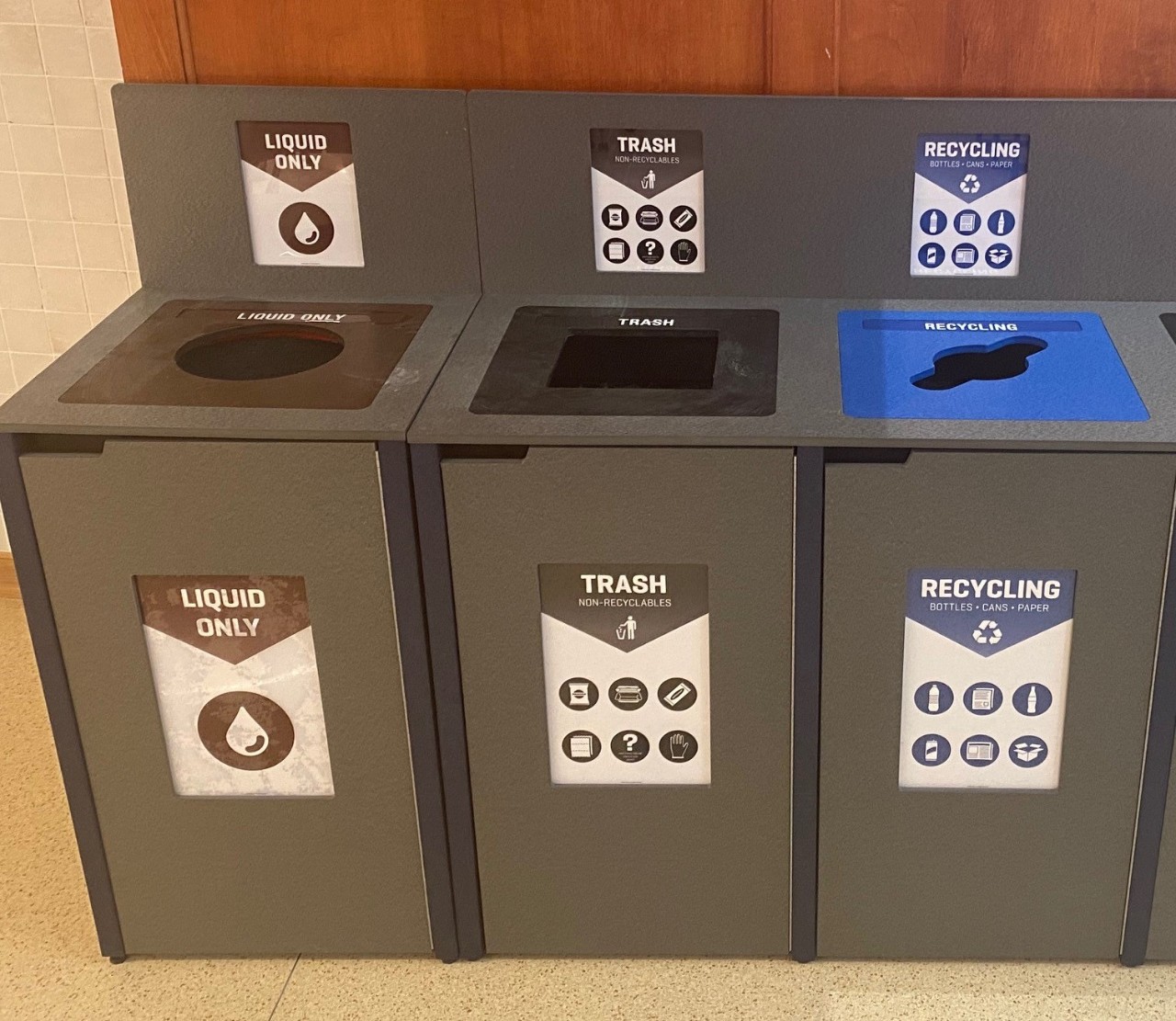Industrial Wastewater Treatment: Advanced Methods for Effective Monitoring
Industrial Wastewater Treatment: Advanced Methods for Effective Monitoring
Blog Article
Just How Liquid Waste Disposal Functions: A Detailed Review of Strategies and Technologies Used

Introduction of Fluid Waste Types
The intricacy of fluid waste kinds demands a comprehensive understanding of their attributes and ramifications for disposal. Liquid waste can extensively be classified into a number of types, including commercial, municipal, farming, and unsafe waste. Each group shows distinctive residential properties, needing specific management strategies to minimize ecological and wellness dangers.
Industrial liquid waste originates from making procedures and usually has a series of pollutants, such as heavy steels, solvents, and natural compounds. Municipal fluid waste, mostly making up wastewater from households and commercial facilities, consists of organic issue, nutrients, and microorganisms (industrial wastewater treatment). Agricultural liquid waste, consisting of drainage from farms, may contain plant foods, chemicals, and pet waste, posing risks to water quality and communities
Unsafe liquid waste is identified by its toxicity, reactivity, or prospective to trigger injury. Understanding these varied fluid waste types is vital for creating effective disposal techniques and ensuring compliance with ecological laws.
Physical Treatment Methods

Screening is the first action, where larger fragments and particles are gotten rid of from the liquid waste using displays or grates. In sedimentation storage tanks, heavier fragments work out at the bottom, forming a sludge layer, while the clarified liquid can be further dealt with.
Purification is one more necessary technique that involves passing the fluid with porous products, such as sand or membranes, to record smaller fragments. This step enhances the high quality of the liquid, making it ideal for subsequent therapy procedures.

Chemical Treatment Strategies
Chemical treatment strategies are vital for effectively taking care of fluid waste, specifically in attending to liquified and colloidal pollutants that physical approaches may not properly eliminate. These strategies use numerous chemical agents to counteract, precipitate, or change hazardous materials into much less harmful types.
One usual approach is coagulation and flocculation, where chemicals such as alum or ferric chloride are added to promote the gathering of put on hold particles. This procedure enhances sedimentation, allowing for simpler elimination of the resulting sludge. In addition, oxidation processes, utilizing agents like check my blog chlorine or ozone, are utilized to damage down complex organic compounds and microorganisms, rendering the waste more secure for discharge or further therapy.
Neutralization is one more crucial method, which adjusts the pH of acidic or alkaline waste streams to neutral levels, protecting against potential injury to downstream systems and the atmosphere. Furthermore, progressed oxidation procedures (AOPs) use combinations of oxidants and ultraviolet light to break down relentless contaminants, achieving a greater level of treatment efficiency.
Biological Therapy Processes
Biological therapy processes play a vital duty in the administration of liquid waste by using bacteria to break down raw material and reduce contaminant levels. These processes can be extensively classified right into anaerobic and aerobic treatments, each using specific microbial areas to attain effective waste degradation.
Cardio treatment involves making use of oxygen to promote the break down of organic materials by microorganisms. This process is frequently executed in activated sludge systems, where oygenation storage tanks provide a conducive environment for microbial growth, causing the oxidation of natural pollutants. The resultant biomass can be divided from dealt with effluent with sedimentation.
In contrast, anaerobic treatment happens in the lack of oxygen, depending on various microorganisms to break down natural matter. This technique is specifically useful for high-strength waste, as it produces biogas, a renewable resource resource, while reducing sludge manufacturing. Technologies such as anaerobic digesters are frequently used in industrial and community applications.
Both anaerobic and cardio biological click here now treatments not only reduce the environmental impact of fluid waste however additionally help with source healing, making them vital parts of lasting waste management strategies. Their effectiveness, versatility, and effectiveness sustain their prevalent implementation throughout various fields.
Emerging Technologies in Disposal
Ingenious approaches to fluid waste disposal are quickly evolving, driven by advancements in modern technology and an increasing emphasis on sustainability. Among these emerging innovations, membrane layer bioreactors (MBRs) have actually acquired traction for their capability to incorporate biological treatment with membrane filtering, leading to high-grade effluent that can be reused in numerous applications. MBRs make it possible for smaller impacts and more effective operations compared to standard systems.
An additional appealing development is making use of anaerobic food digestion integrated with nutrient recovery innovations, which not just deals with liquid waste yet likewise produces biogas and recovers useful nutrients like nitrogen and phosphorus. This double advantage boosts source efficiency and minimizes ecological influence.
In addition, advanced oxidation procedures (AOPs) are being taken on for the degradation of complicated organic pollutants. These methods utilize effective oxidants and stimulants to break down pollutants at the molecular level, supplying a very efficient solution for challenging waste streams.
In addition, the assimilation of expert system and artificial intelligence in waste monitoring systems is maximizing functional efficiency and predictive upkeep, resulting in reduced prices and enhanced environmental compliance. These technologies reflect a significant change in the direction of more efficient and lasting fluid garbage disposal methods.
Verdict
Finally, effective fluid garbage disposal demands a thorough understanding of numerous strategies and modern technologies. The assimilation of physical, chemical, and biological treatment methods ensures the effective administration of varied waste types. Moreover, the introduction of cutting-edge innovations boosts therapy efficiency and promotes sustainability in waste administration techniques. By continuously advancing these approaches, it ends up being feasible to resolve the growing difficulties related to liquid waste, eventually adding to ecological protection and resource healing.
Fluid waste disposal is a vital element of environmental administration, requiring a thorough understanding of different techniques and innovations tailored to different waste types. Fluid waste can extensively be categorized into a number of types, including commercial, local, farming, and unsafe waste. Agricultural liquid waste, consisting of drainage from farms, might include fertilizers, pesticides, and animal waste, posing dangers to water high quality go right here and environments.
Various physical therapy methods play an important role in managing liquid waste successfully - industrial wastewater treatment.In verdict, effective fluid waste disposal necessitates a comprehensive understanding of different methods and technologies
Report this page